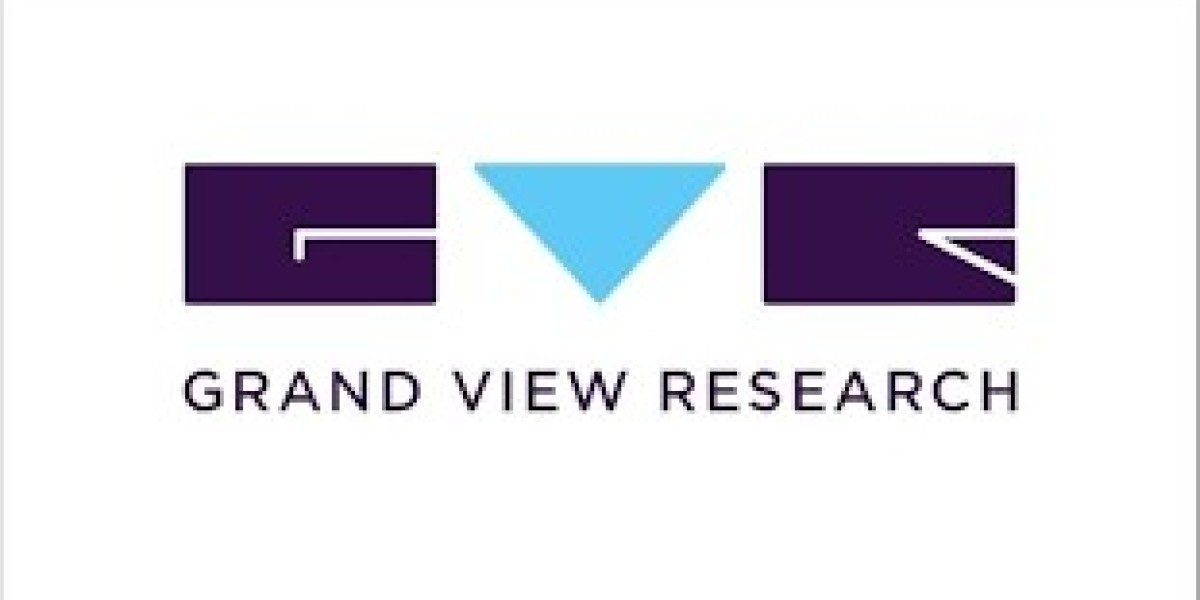Global Smart Baby Monitor Market Set to Reach USD 4.11 Billion by 2034, Driven by AI Integration and Rising Parental Demand
Technological innovations and growing demand for remote infant care are transforming the smart baby monitoring landscape.
The global Smart Baby Monitor Market is witnessing strong growth, with projections estimating its value to rise from USD 2.19 billion in 2024 to USD 4.11 billion by 2034, growing at a CAGR of 6.5% over the forecast period, according to the latest insights from Market Research Future.
Market Overview
The market's expansion is fueled by increasing numbers of working parents, growing consumer preference for connected smart home solutions, and advances in artificial intelligence (AI), IoT, and cloud-based platforms. Smart baby monitors now offer features such as remote video surveillance, real-time analytics, temperature and humidity control, motion detection, sleep tracking, and two-way audio communication.
“With the rise of dual-income households and the trend toward nuclear families, smart baby monitors have evolved from luxury items to essential tools for modern parenting,” said a Market Research Future analyst.
Scope and Growth Opportunities
Smart baby monitors are rapidly gaining traction as part of the broader smart home ecosystem. Integration with voice assistants, cloud storage, and mobile app-based control allows for seamless usability. Emerging opportunities include:
Wearable baby monitors (e.g., smart socks and biosensors)
Healthcare integration for remote pediatric consultations
Custom monitoring solutions for premature and medically fragile infants
Subscription-based services offering predictive alerts and sleep coaching
Market Segmentation Highlights
By Connectivity:
Wi-Fi remains dominant due to its long-range and internet-based monitoring.
Bluetooth provides a cost-effective option for in-home monitoring.
Cellular options offer remote access even in areas without Wi-Fi.
By Type:
Audio and Video Monitors lead the market with over 60% share, offering full-scope monitoring.
Video Only monitors are rising due to demand for visual assurance.
Audio Only remains relevant in budget-sensitive segments.
By Features:
Top features include night vision, motion detection, temperature & humidity sensing, and sleep pattern tracking.
By Target Market:
Parents of newborns make up the largest user base, followed by those with toddlers and older children.
Regional Analysis
North America holds the largest share (35%), driven by high disposable income, tech-savvy consumers, and the presence of top-tier brands like Motorola, Owlet, and Nanit.
Europe (28%) follows, emphasizing data security and innovation.
Asia-Pacific (22%) is the fastest-growing region, fueled by urbanization, rising birth rates, and increasing smart home adoption in countries like India, China, and Japan.
South America and MEA show significant potential with expanding middle-class populations and government health initiatives.
Key Players
Prominent companies shaping the Smart Baby Monitor Market include:
Motorola
Samsung Electronics
Owlet
VTech
Nanit
Arlo
Miku
Angelcare
iBaby
Nooie
These firms are heavily investing in AI-driven features, cloud analytics, and product differentiation to maintain competitive advantages.
Recent Developments
Motorola has introduced AI-based monitors with facial recognition and mobile alerting.
Owlet continues to enhance its wearable sock with live pulse oximetry and sleep insights.
Samsung is leveraging its smart home ecosystem to offer deeper integration with baby monitoring tools.
About Market Research Future
Market Research Future (MRFR) provides comprehensive market analysis and industry forecasting. With a focus on emerging technologies and innovation trends, MRFR empowers organizations to make informed decisions in competitive global landscapes.



